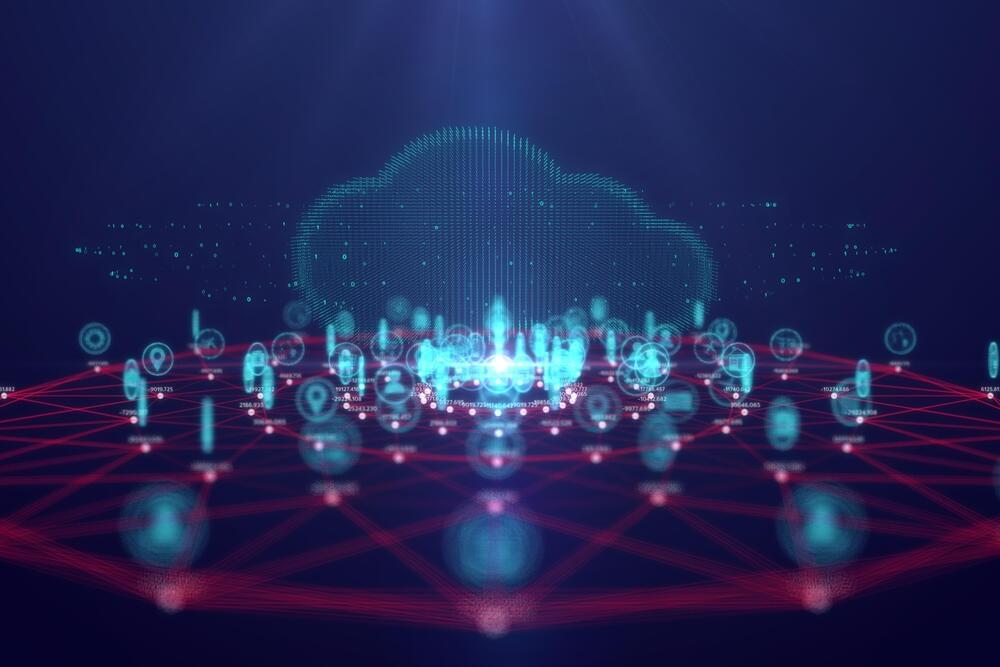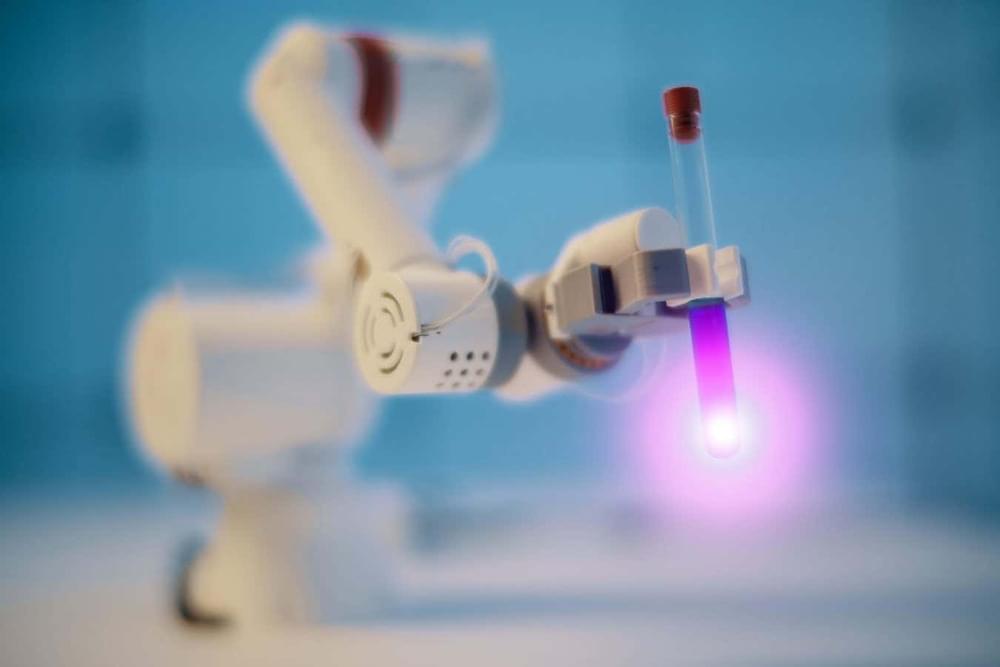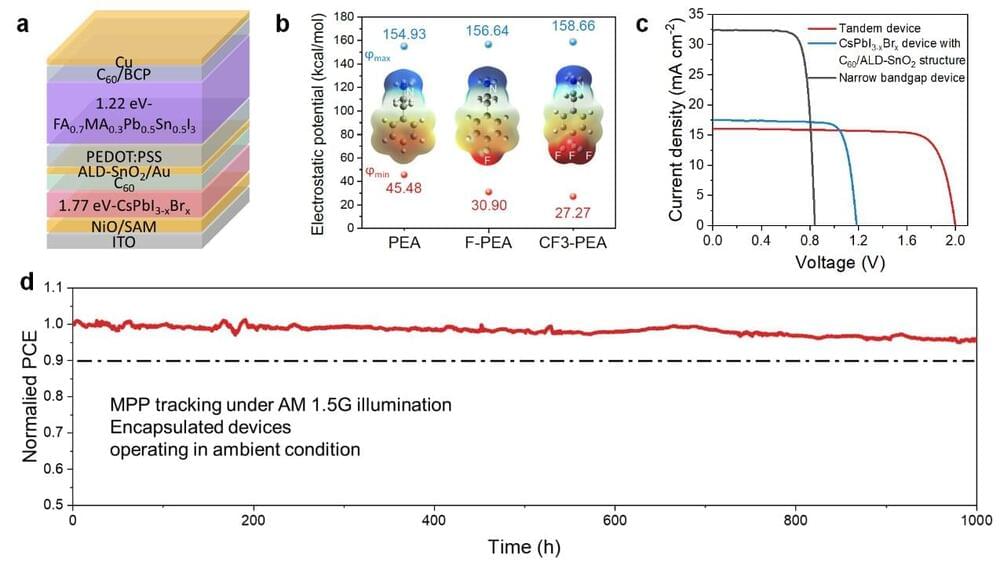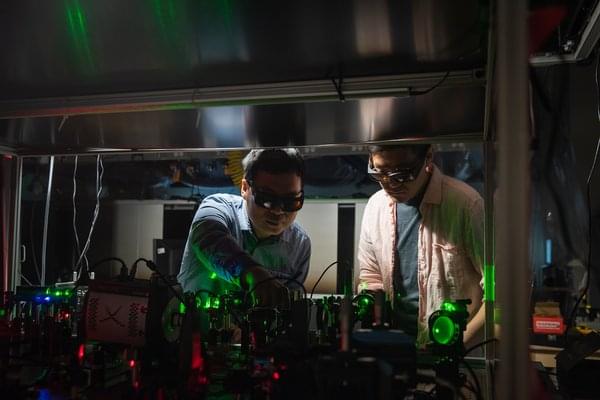Scott Sellers is the co-founder and CEO of Azul, with 30 years of experience as an entrepreneur and executive in the technology industry.
For the first time in a decade, controlling cloud costs has surpassed security as the top cloud management challenge facing IT professionals, according to a survey by Flexera. An Andreessen Horowitz study also said that up to $1 trillion in market capitalization is weighed down by overspending in the cloud. Today, challenging economic conditions, rising costs, increasingly stringent performance SLAs and the need for more resources are squeezing organizations that want to remain in the cloud without overspending.
Many organizations still struggle to connect the dots between the value they deliver via the cloud and the costs required to deliver that value. Without a clear understanding of that basic relationship, it is difficult for teams to hold productive conversations about costs. Engineering departments don’t know what to prioritize; cloud architects lack a direction on designing, developing and managing solutions; product managers face difficulties pricing their solutions; and executives wonder where all the money is going.







